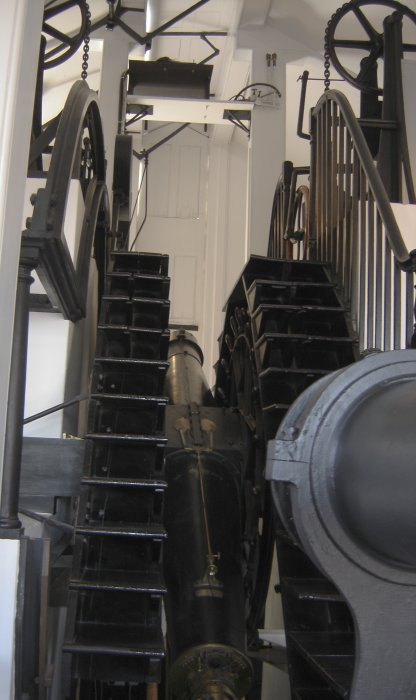In graduate school, my advisor read and recommended the book Longitude. I bought it and read it when we toured the Greenwich observatory in the summer of 2004.
This morning I ran across the Wikipedia entry on John Harrison which, if it's true, expanded my knowledge of the subject somewhat. I already knew that Harrison created the first mechanical clocks in the world capable of the precision required to determine longitude at sea over a very long voyage.
Something I hadn't heard about was the specifics of the re-discovery of Harrison's clocks. Here's the paragraph on that from the article:
After World War I, Harrison's timepieces were found at the Royal Greenwich Observatory by retired naval officer Rupert Gould. They were in a highly decrepit state, and Gould then spent many years documenting, repairing and restoring them. It was Gould, not Harrison, who gave them the designations H1 through H5. Gould is the author of the book The Marine Chronometer, covering the history of chronometers from the Middle Ages through to the 1920s. It includes detailed descriptions of Harrison's work and the subsequent evolution of the chronometer. It still remains the authoritative work on the marine chronometer.So I did some brief searching for this book. It was published in 1923 and it's hard to come by. There's a facsimilie edition from 1988, but it's kind of expensive. However, it seems that perhaps there is another facsimile going to be published soon.
Since I like to put nifty photos in my blog posts, I went to see if I had any photos of the Harrison clocks. I don't, apparently. However, the Greenwich museum has some nice photos on their web site.
I did take one neat photo at Greenwich. There's lots of touristy stuff to take photos of there, but what interested me was the old telescope that was at the observatory. The central axis of that telescope later became the definition for 0 degrees longitude:
